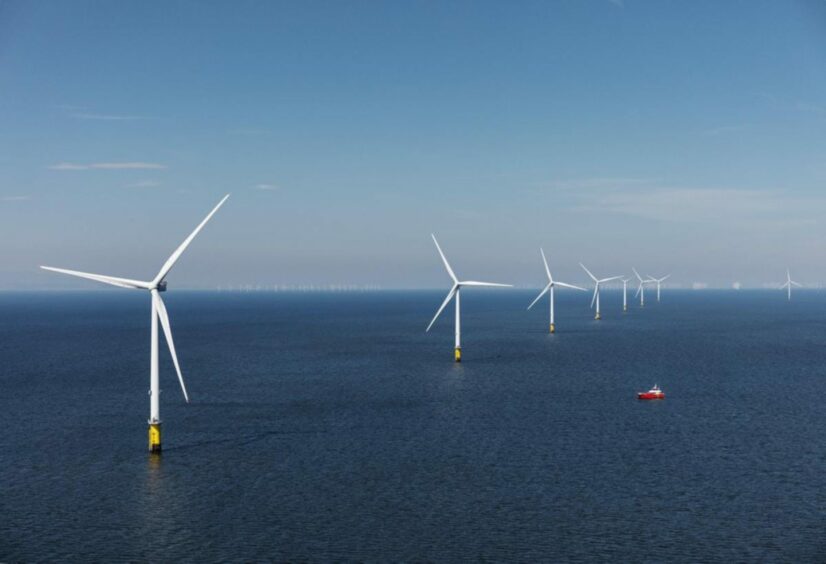
Hopes of green jobs for oil and gas workers will “fall at the first hurdle” if the UK fails to build turbines for windfarms, a trades union has warned.
Unite the union pointed to the UK’s lack of an industrial strategy to increase domestic manufacturing for the burgeoning wind sector and said this will prevent a just transition for workers.
It comes as the UK government announced a boon for renewable energy projects including several wind schemes as part of the sixth allocation round (AR6) of its Contracts for Difference (CfD) funding progamme.
Nine offshore wind projects across England and Scotland received funding under AR6, but the Unite union said 70% of the awarded capacity went to Danish firm Ørsted.
The multinational energy giant was awarded just under 3.5 GW in capacity in AR6 across the Hornsea 3 and Hornsea 4 wind farms off the coast of Grimsby in England.
Unite raised concerns that the auction process currently puts no requirements on bidders to use local manufacturing content.
The union said with manufacturing accounting for the majority of jobs in offshore wind, ensuring local content is “crucial”.
Meanwhile, the SNP and Scottish Renewables have also raised concerns about the UK falling behind its target to deploy 50 GW of offshore wind production by 2030.
UK offshore wind manufacturing
According to Unite, just 20% of UK wind manufacturing contains local content and nearly half (42%) of offshore wind farms are owned by foreign governments.
Unite general secretary Sharon Graham said creating sustainable green jobs must be “at the heart” of the UK’s renewable energy strategy.
“The government will continue to fall at the first hurdle in providing a just transition for oil and gas workers, unless we ensure that the towers, blades and nacelles needed for new wind farms are manufactured in the UK,” Graham said.
“Not only has the government got to play catch up to meet its renewable energy targets, but it must also develop a UK wind manufacturing industry, or it is simply exporting green jobs abroad.”
The UK government is planning to introduce local content incentives known as Sustainable Industry Rewards in the next AR7 auction.
Meanwhile, Labour is also establishing state-owned company GB Energy to invest in renewable energy projects, although its exact role remains unclear.
Offshore wind investment
Ørsted will install up to 231 Siemens Gamesa turbines to construct Hornsea 3, while the firm has yet to take a final investment decision on Hornsea 4.
While Siemens Gamesa does not manufacture offshore wind turbines in the UK, the German firm does maintain a blade manufacturing facility in Hull.
Ørsted has also tapped South Korean firm SeAH Wind to construct the Hornsea 3 monopiles at its factory in Teesside.
Meanwhile, Danish turbine manufacturer Vestas is set to establish a factory in Leith, while Chinese firm Mingyang is also considering a facility in Scotland.
Low levels of domestic wind manufacturing in the UK have been identified as a key barrier to reaching the country’s 50 GW by 2030 target, an issue the sector is working to address.
Offshore unions raise concerns
In addition to raising concerns about wind manufacturing, offshore unions are becoming increasingly vocal about Labour’s North Sea oil and gas policies.
Unions have warned any collapse in investment in the North Sea will put energy transition goals and a just transition for oil and gas workers at risk.
Prior to the election, Unite launched a campaign calling for the party to reverse its policy banning new oil and gas licences.
Meanwhile, the GMB Union has been cooperating closely oil and gas trade bodies BRINDEX and Offshore Energies UK in speaking out against Labour’s windfall tax plans.
Representatives from the union and the trade bodies jointed together for a visit to Serica Energy’s Bruce Platform earlier this week.
GMB Scotland organiser Claire Greer said the energy transition “must be a process, not an event”.
“The risk of a cliff-edge for any part of our energy mix in a time of economic recovery and geo-political volatility would be harmful to jobs, investment, and security of supply,” Greer said.
“Any change must be done with workers and their industries and not to them.”
More action needed
Renewable energy analysts also expressed concerns about the trajectory of UK offshore wind.
LCP Delta head of economics, policy and investment Sam Hollister said while AR6 may have “helped to turn the ship around” after the disappointment of AR5, it is “by no means a renewable energy drive that is going full steam ahead”.
“Offshore wind is set to be the heavy lifter for renewable generation, but this year’s auction only delivered 3.4GW of new offshore wind projects, with a further 1.5GW of existing projects already in the pipeline securing new contracts,” Hollister said.
“This is well below the levels that were needed in this auction for the UK to reach its target of 55GW of offshore wind by 2030.”
Hollister said the next AR7 and AR8 auctions would each need to procure around 14 GW of offshore wind to keep the 2030 target within reach.
Barriers to Scottish offshore wind
Meanwhile, Scottish Renewables chief executive Claire Mack said while the AR6 results were “cause for optimism”, further action is required to speed up deployment.
“With this auction round procuring less than half of the eligible offshore wind capacity we are now at a critical juncture and the UK Government must ensure that next year’s auction brings forward the capacity needed to deliver its net-zero targets,” Mack said.
“Seeing more Scottish projects is very welcome but we urge the UK government to work with us to reduce or remove the barriers to deployment, such as the disproportionate charges to connect to the electricity network, that we face in Scotland.”
Some industry analysts were more upbeat about the AR6 results, however.
Pinsent Masons partner and renewable energy specialist Ronan Lambe said the government should be commended for boosting the AR6 budget earlier this year.
“Every megawatt of the almost 10 gigawatts of capacity awarded AR6 CfDs today will be crucial if the UK is to decarbonise its grid in 2030 and achieve its net zero target by 2050,” Lambe said.
“Put simply, every megawatt of currently planned offshore wind capacity is needed and where project economics have been negatively impacted by factors outside of developers’ control, it’s in everyone’s interest that the CfD regime provides solutions to ensure that good projects don’t wither on the vine.”
SNP calls for further reform
The SNP has also called for further reforms to ensure more investment in Scottish offshore wind projects.
SNP energy spokesperson Dave Doogan said it is “vital” the Labour UK government ensures AR6 is not a “flash in the pan”.
“The Labour Party’s decision to scrap their 28bn green energy pledge put Scotland’s energy future at risk so it’s imperative that these auction rounds are made to encourage renewables development, not stifle it,” Doogan said.
“From the EU to the US, the world is gearing up to super charge renewables investment and Scotland cannot be left behind – our natural resources are a blessing to our country and they should be used to benefit the people of Scotland.”
Recommended for you


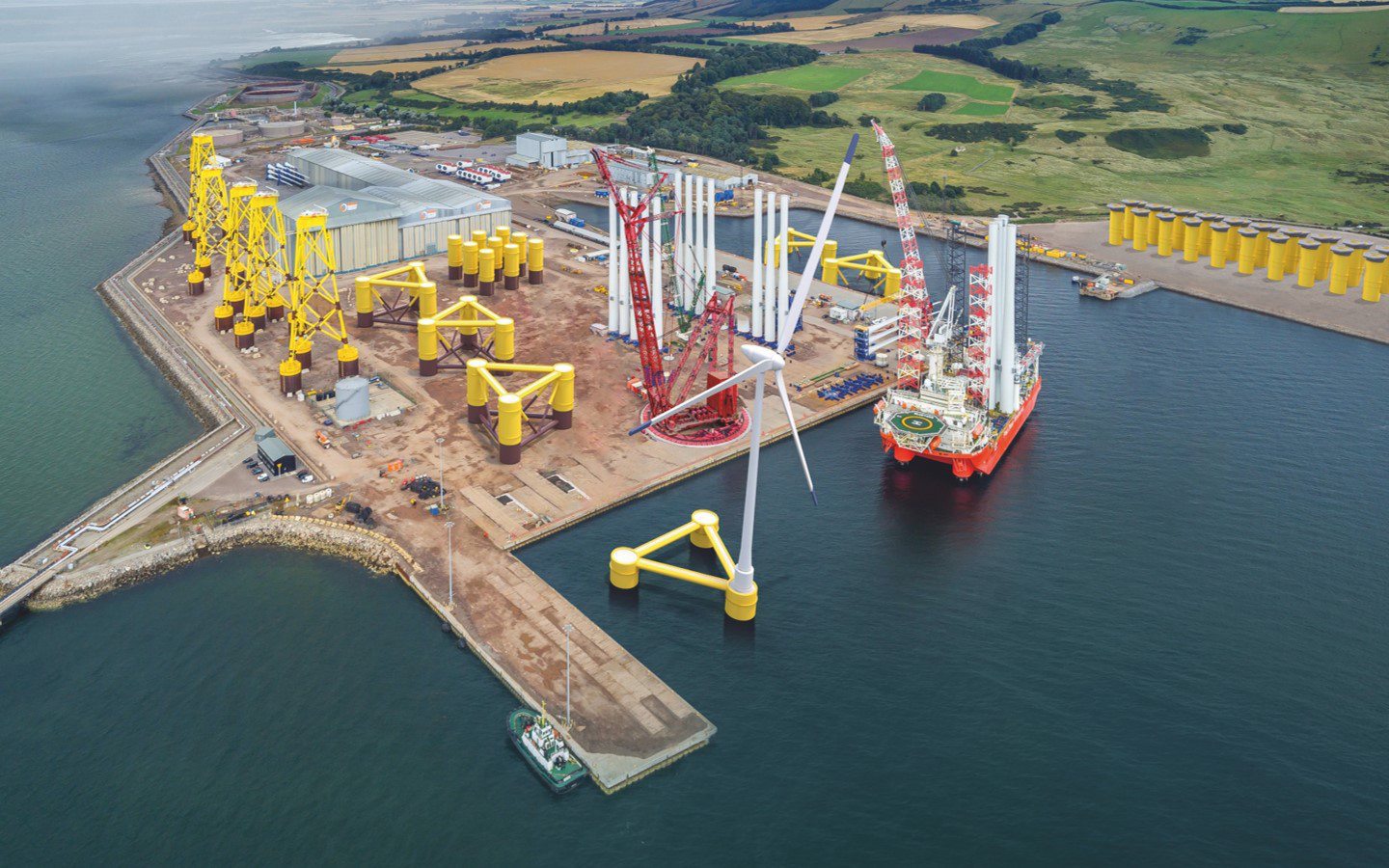 © Supplied by Ross Creative Commun
© Supplied by Ross Creative Commun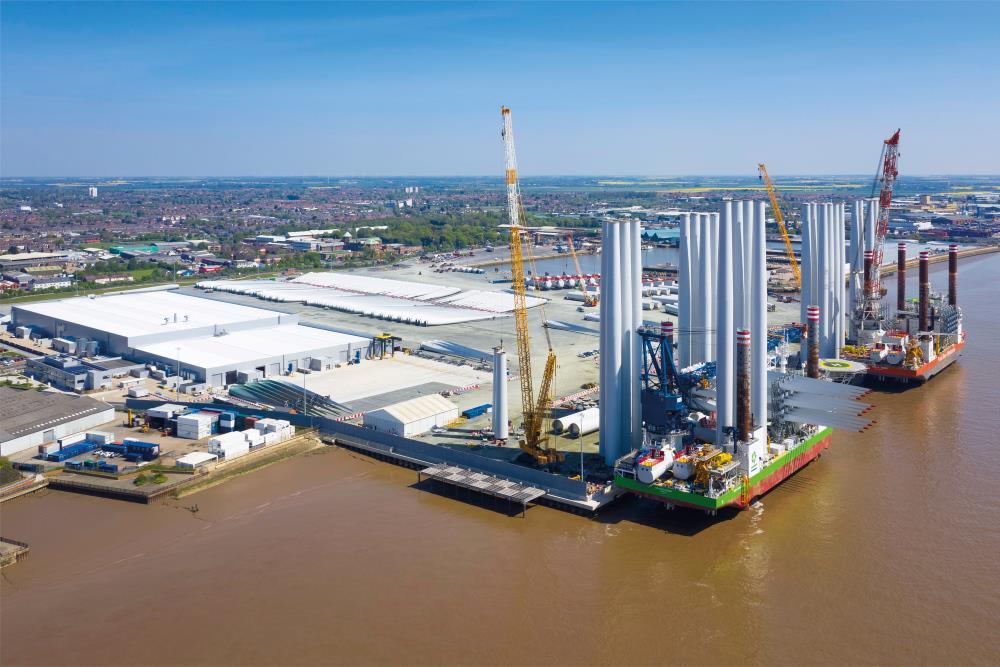 © Supplied by FTI Consulting
© Supplied by FTI Consulting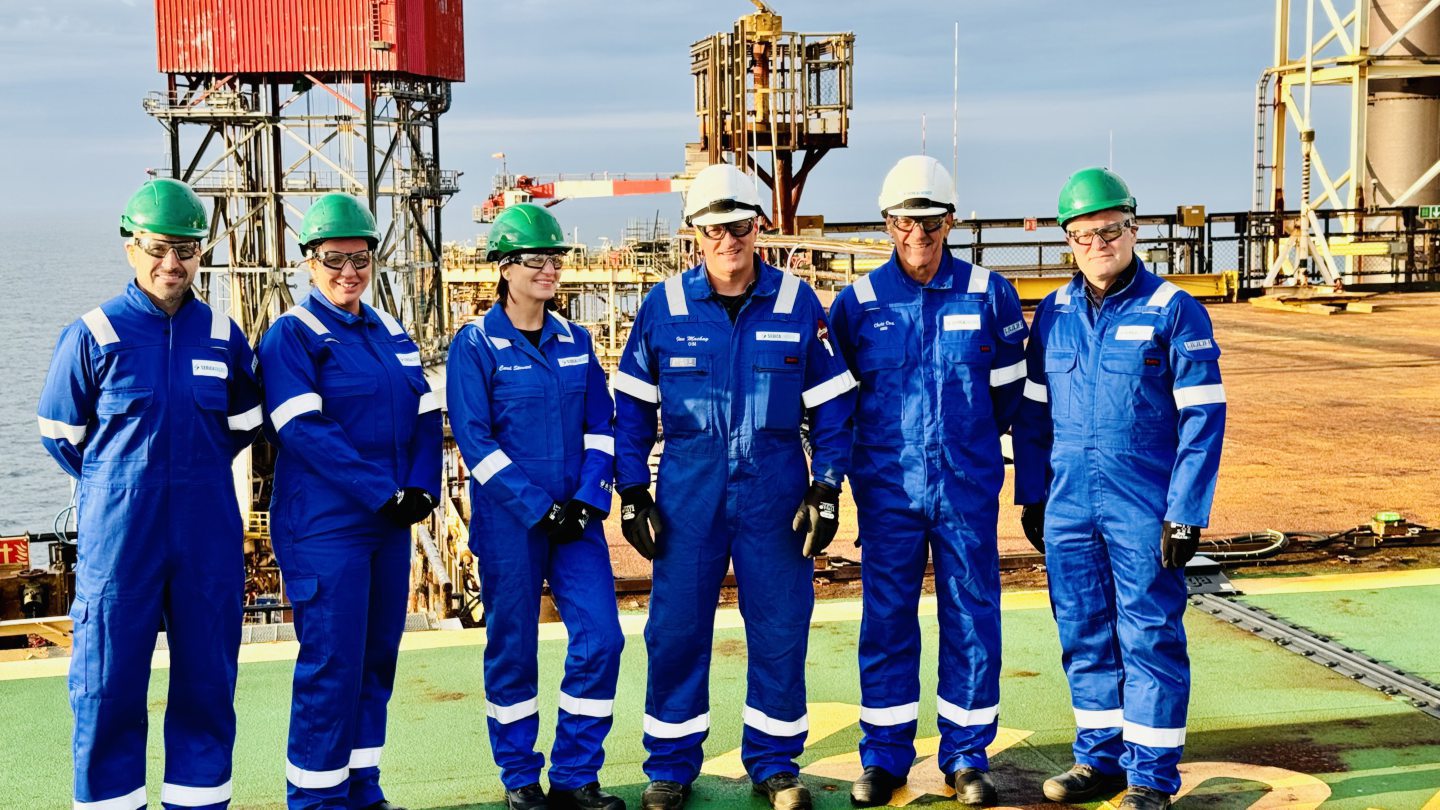 © Supplied by Serica Energy/Vigo C
© Supplied by Serica Energy/Vigo C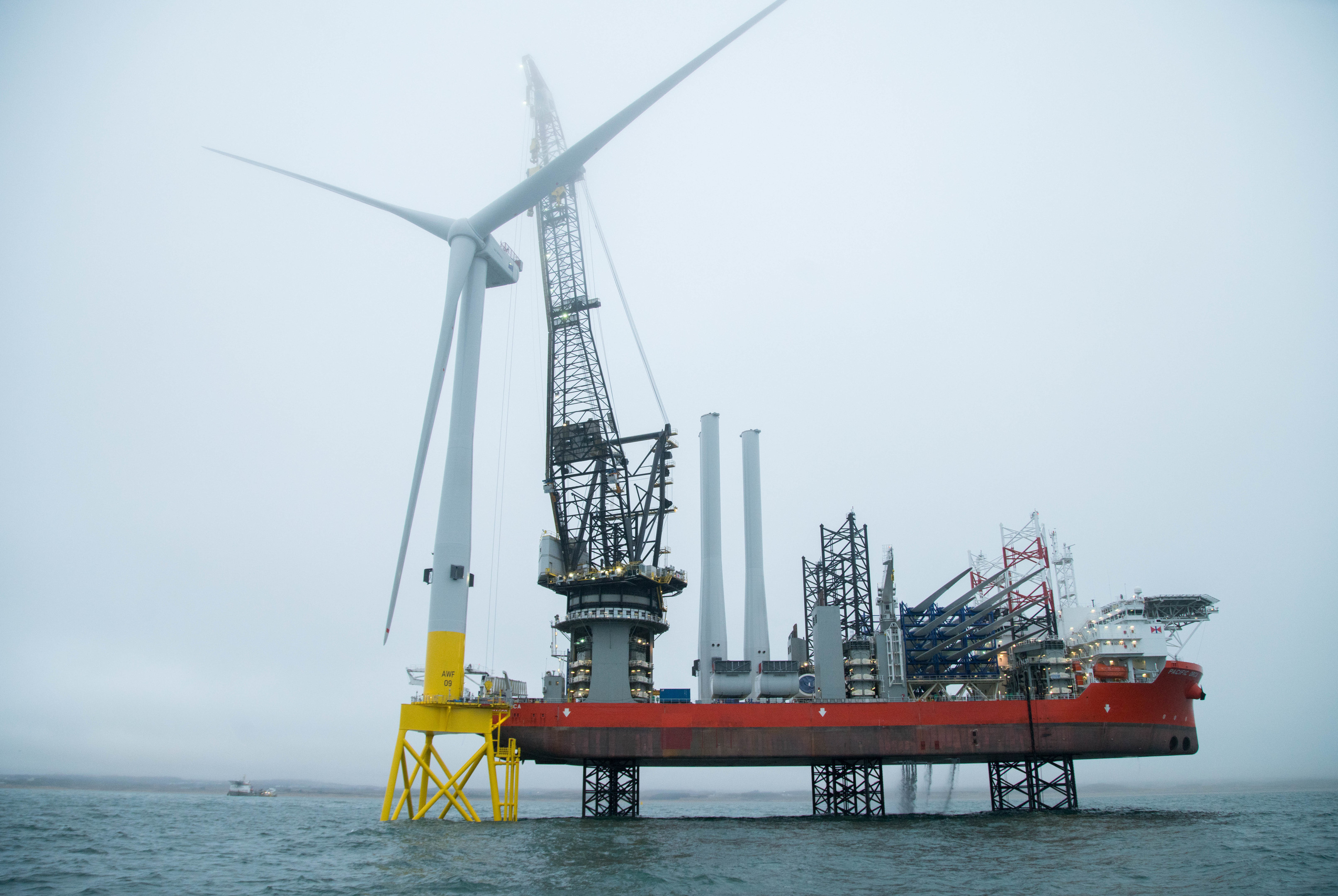
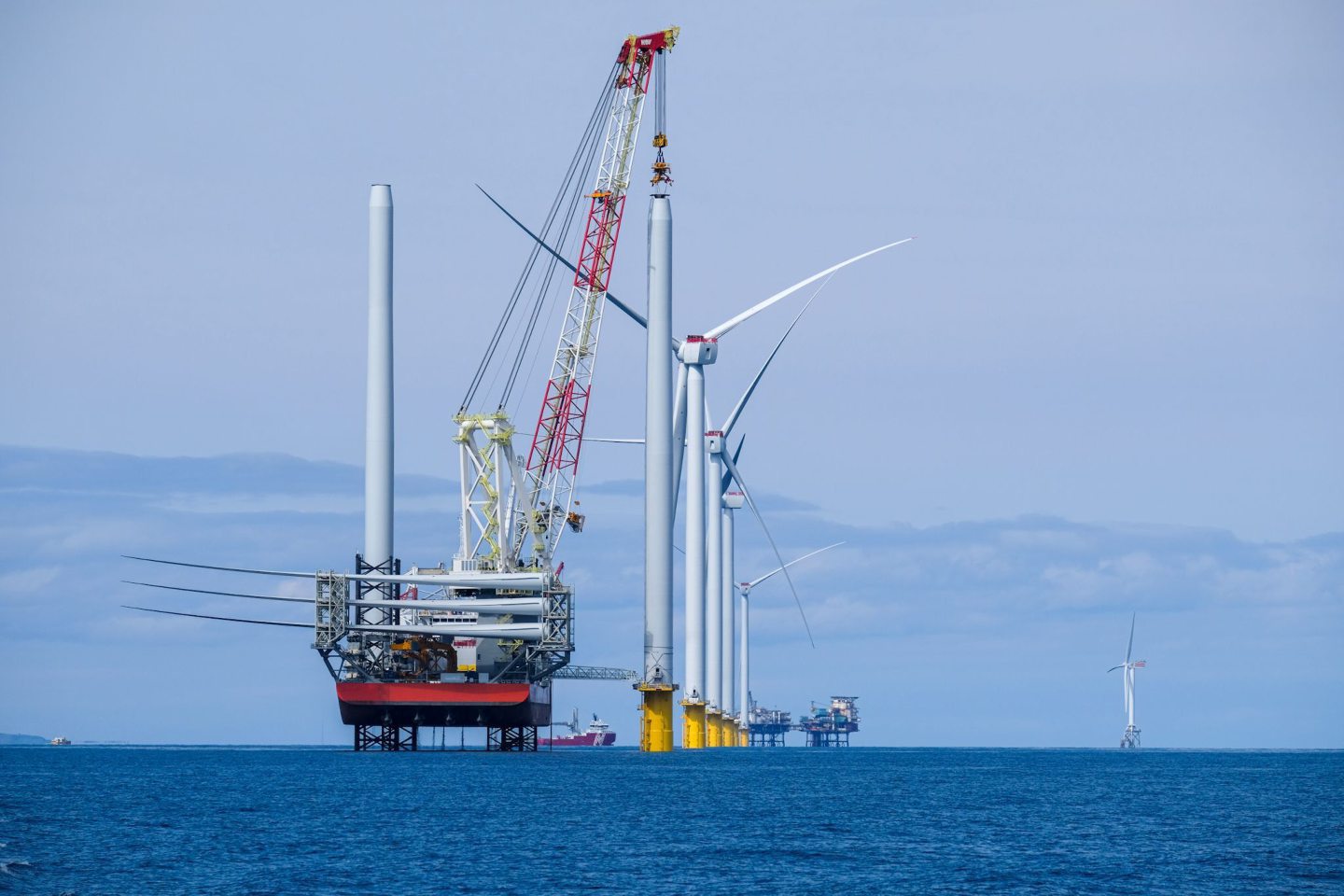 © Supplied by Ocean Winds
© Supplied by Ocean Winds